Silver Talkies Culture Trail: The Sound of Metal from Pune's Tambat Ali
All that gleams is copper at Tambat Ali, Pune's lane of coppersmiths, where craft matters more than calling it a day.
The tinkling thwack of hammer on metal is rhythmic and sometimes even soothing when you enter Tambat Ali, the lane of coppersmiths. It is one of the few surviving lanes of professional artisans in Kasba Peth, Pune, that once held separate zones for different artisan communities – from comb makers to wrestlers. The comb makers have disappeared, but the coppersmiths continue. This lane is their workspace, home, and a mix of labor, history, seniority, and handcrafted design.
Many coppersmiths in their 60s and 70s have spent all their lives here, like their forefathers before them. You can see the tools of their trade shining through the dark - hammers, copper sheets, giant copper urns piled up next to a small bed or television.
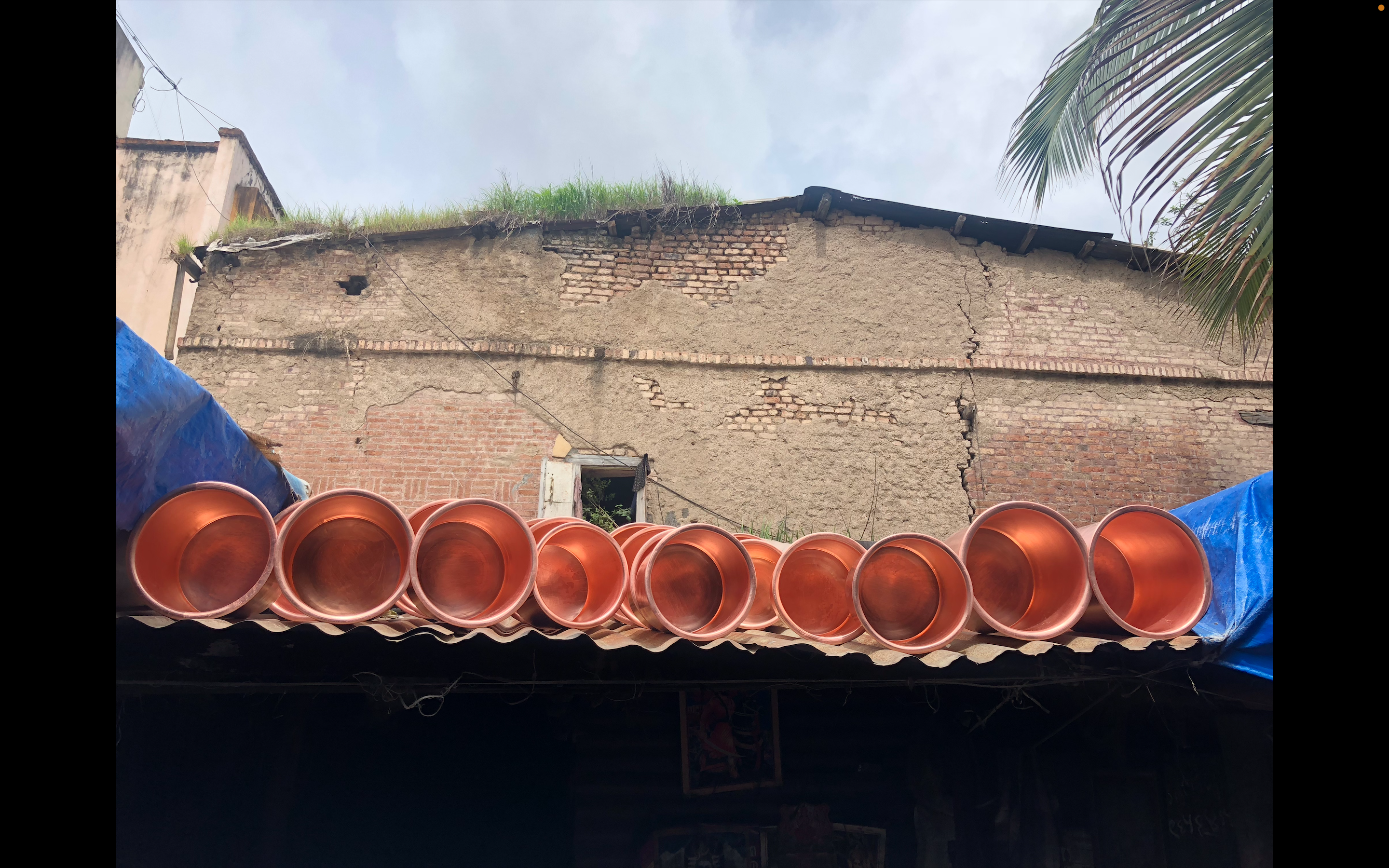
Patriarchal rules over centuries have ensured that few women do work. The men are hard at work as they shape copper into pots and pans over the fire. Tambat Ali's focus on hand-beaten hammered copper work or 'Mathar kaam' remains a link to Pune's past and a must-see for visitors
Surrounded by old wadas (traditional homes in Maharashtra), repair shops, and hurriedly parked two-wheelers, the lanes of Tambat Ali feel like another world. Tambats or coppersmiths migrated from Konkan during the Peshwa rule in Pune almost 400 years ago. Generations have continued living and working in these narrow alleys since then. 'Karkhanas' or workshops line the front of their homes with living quarters behind them. They live much like their forefathers did, each generation teaching the other, even though few young people now wish to take up this labor-intensive work.
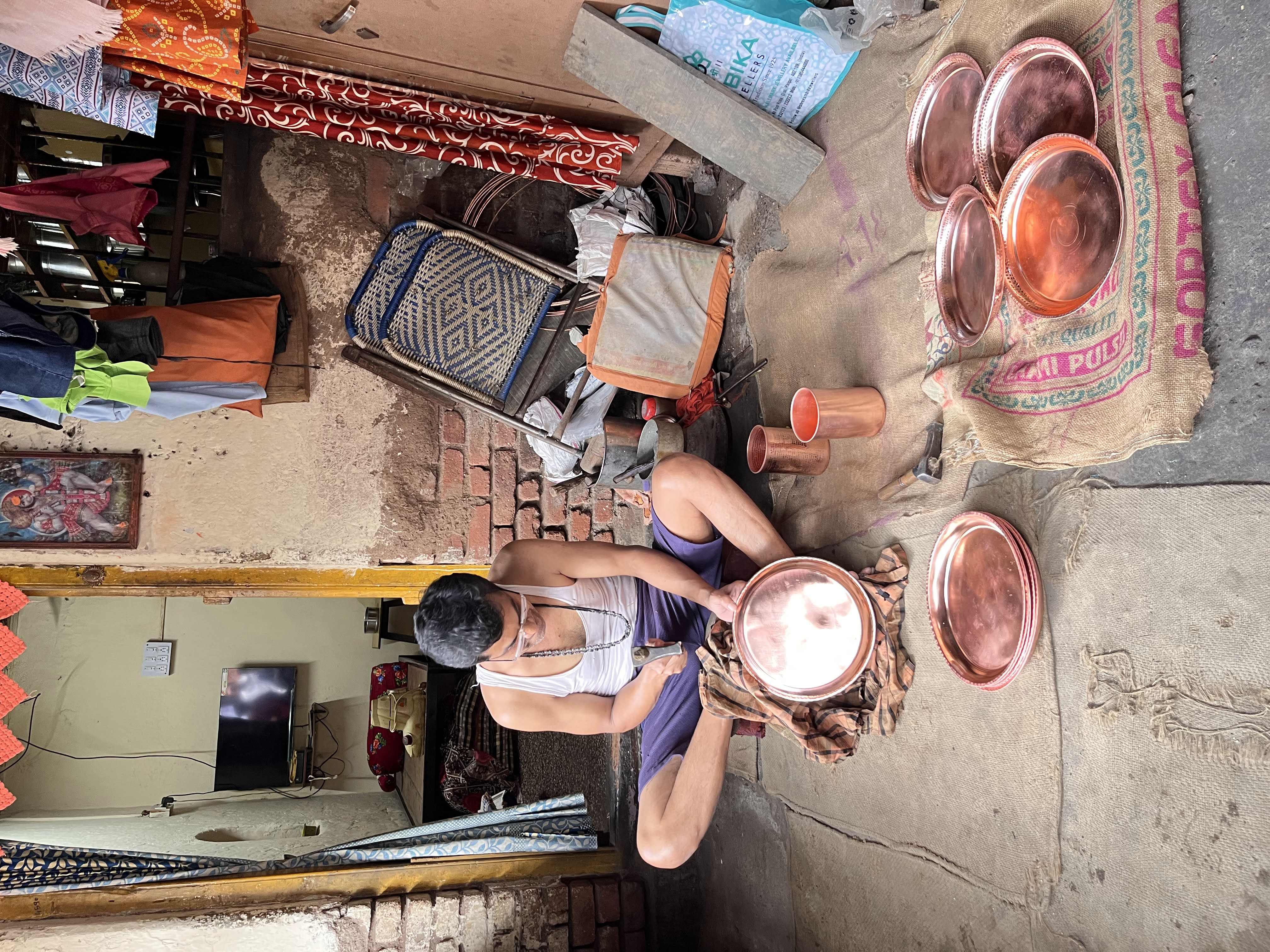
Copper pots, jugs, bumba (water heaters), plates, and glasses glisten across the karkhanas, where tools, moulds, metal sheets, and gunny bags cover every inch of space. The craftsmen have long days, starting early morning and working until 5 pm. Sheets of copper are cut and welded together in a furnace before being cooled and hammered. "There was a time when we would make huge utensils for the royal kitchens of the Peshwas and elites, as well as the weapons of war," says Sunil Wadke, a senior coppersmith. Wadke, 60, learnt Mathar Kaamfrom his father. When he was younger, the community of tambats numbered about 200 craftsmen. Wadke is nostalgic about those times. "Today, it has dwindled to 50-60." However, he prefers to look ahead. Though the hammering work is strenuous, he has no plans to give up his tools. Instead, he is trying to pass on his skills to a younger generation, even outside the family.
Wadke takes me around Tambat Ali. The Tambat community lives and works in cheek-by-jowl proximity, the walls of their workshops charcoal-grey from the heat and dust of years. There's a clear division of labor and expertise, an unspoken rule among the artisans. I meet the award-winning tambat Hrishikesh Wadke, who fashions silver to make decorations and engravings for temples. A few turns from his workshop is the 'karkhana' of an engraver, another senior artisan in age and skill. "There are several skilled artists here," Wadke tells me, "unfortunately, they haven't got the recognition they deserved."
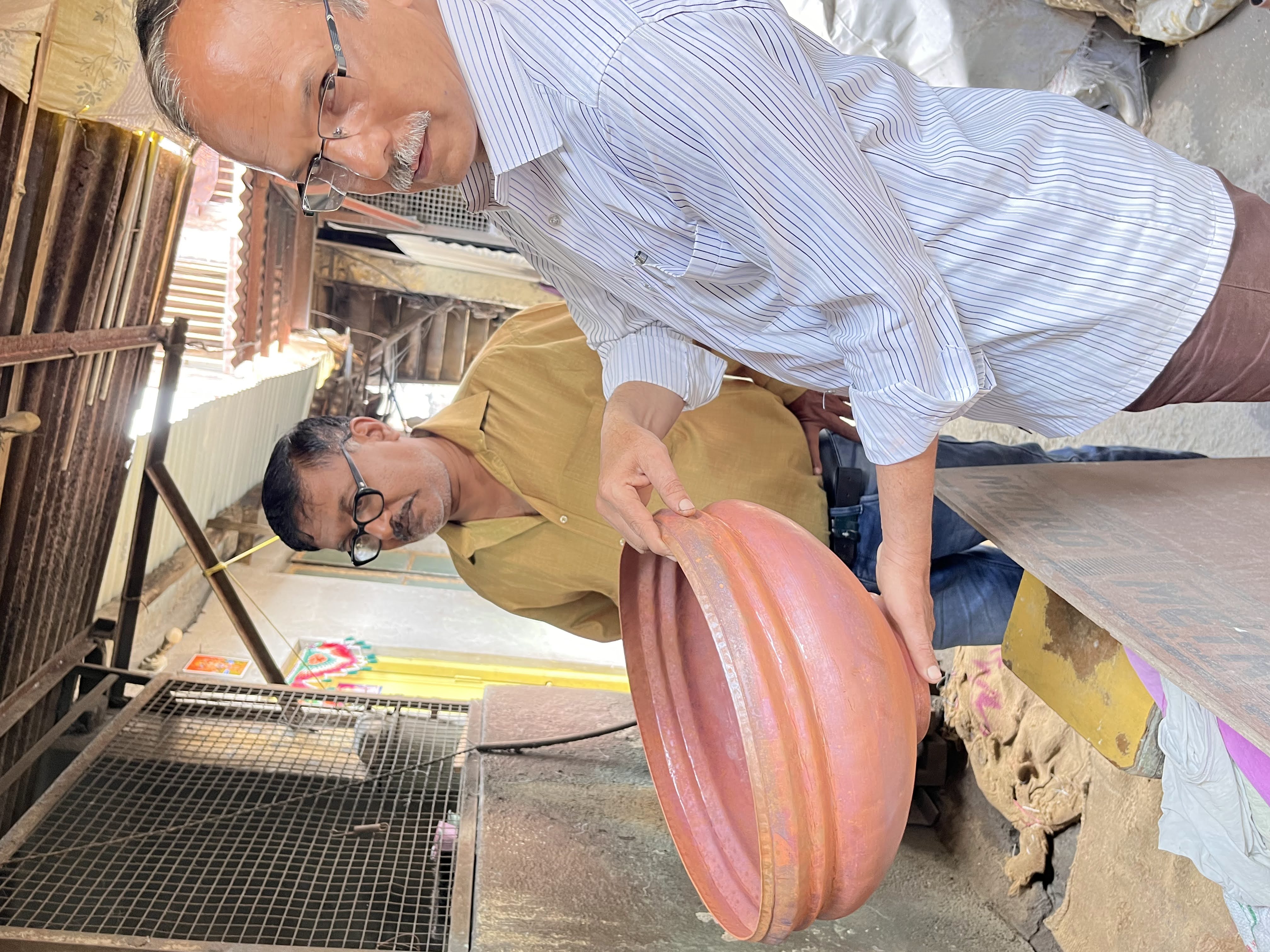
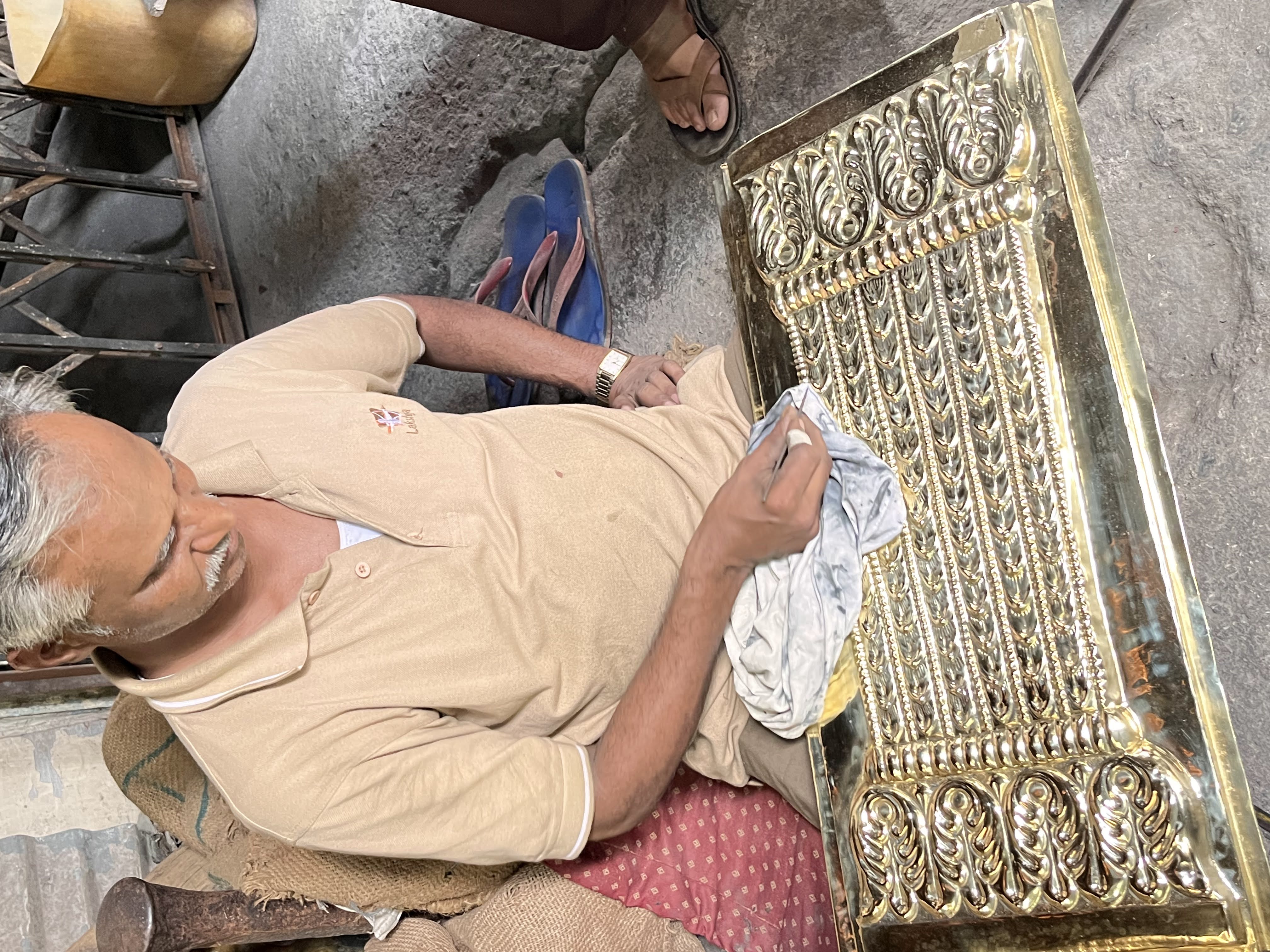
The challenges and lack of room could've fractured the community. Instead, at Tambat Ali, it has translated into a unity the community holds on to, even extending it to others. The coppersmiths have been looking out as much for their own as for the larger community of Kasba Peth. The Tvastha Kasar Samaj, or the coppersmith community, believe regular gatherings help people meet and stay united. So the 150-year-old Maha Kalika temple, which houses their primary deity, hosts festivities 12 months a year. Their other gathering space is a 129-year-old library, one of the city's oldest, with a collection of 45,000 books open to everyone around Kasba Peth. This sense of openness is as much solidarity as survival. With much of the next generation indifferent to learning mathar kaam, the senior Tambats are training interested people from other communities to sustain their craft. They're also thinking of documenting their work in a community-led museum.
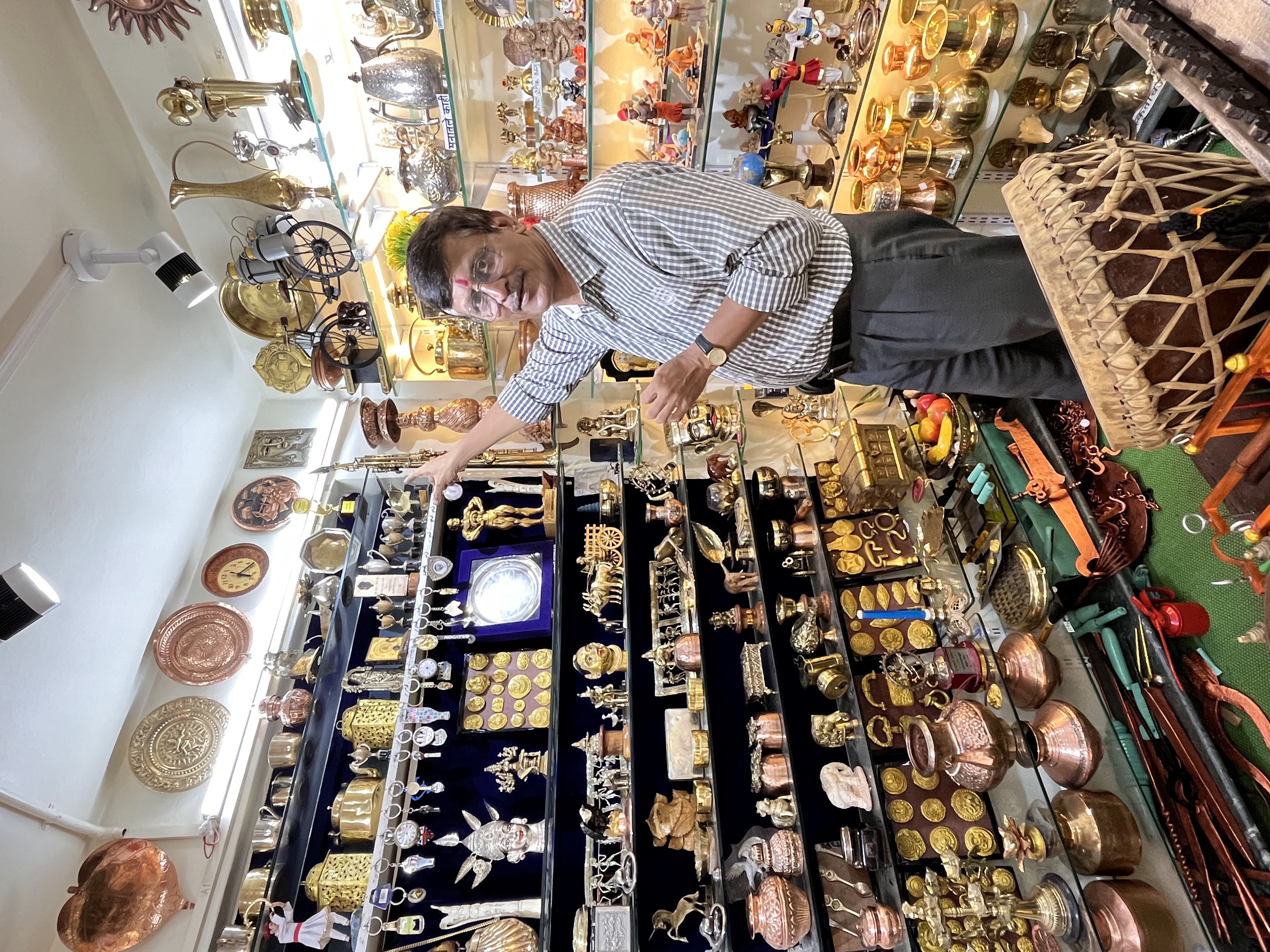
Tambat Ali preserves an older way of life that Kasba Peth once symbolized for its artisan communities. There may not be many takers for learning the craft now, but the coppersmiths continue to hone their craft well into their older years, a nod to the history and legacy that continues with them.
Do you like discovering your city? Could you tell us about your offbeat trails in the comments below?
All images: Silver Talkies
Comments



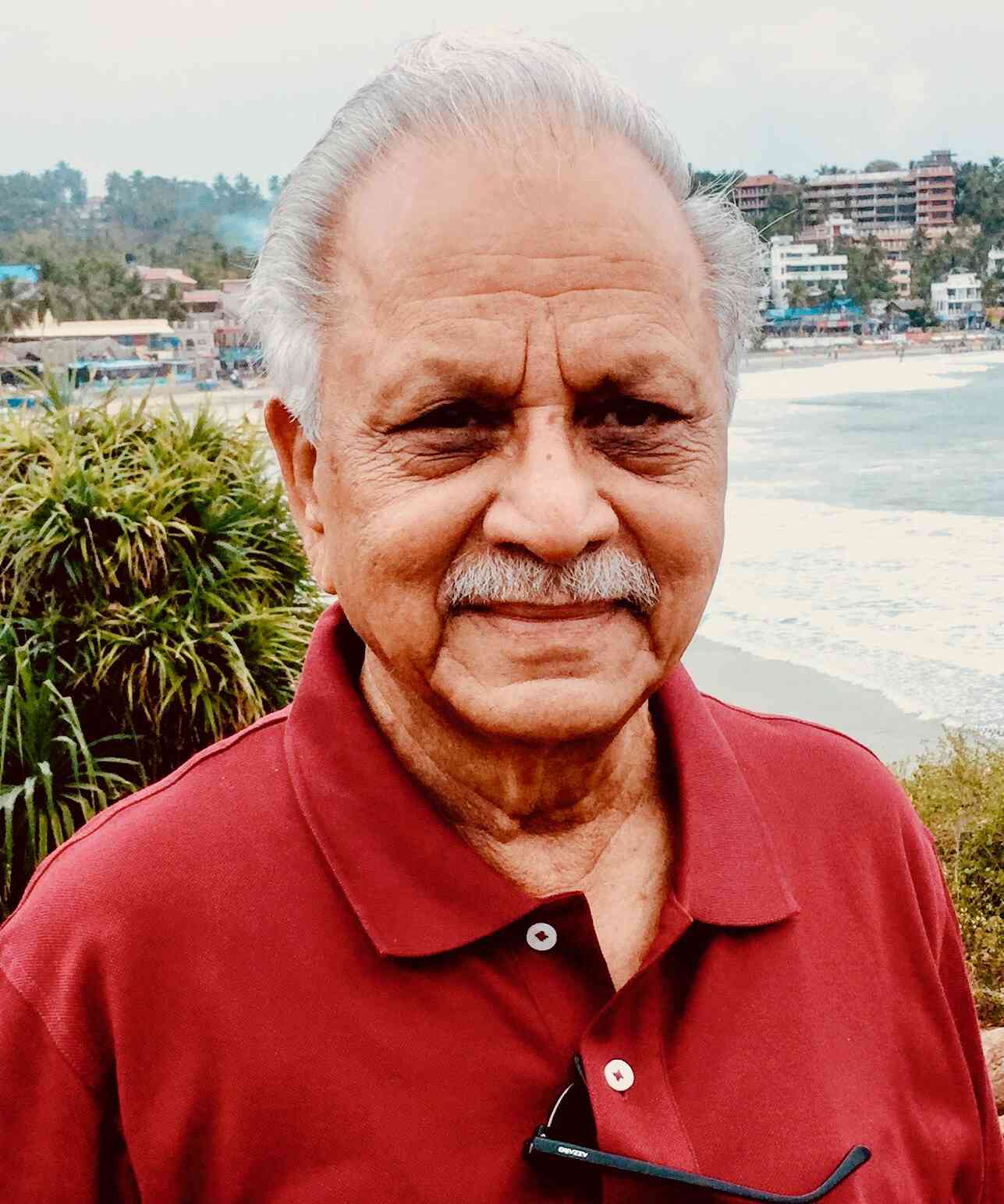

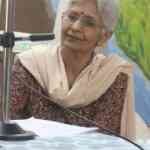
Post a comment